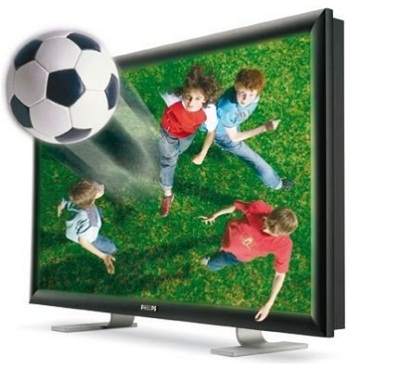The head of Samsung’s display unit is telling consumers not to get too affixed to this growing idea of glasses-free 3D TV sets, because it won’t really take off until at least 2015. So go ahead and buy a Samsung 3D TV that requires 3D glasses (preferably one from Samsung), okay?
“I believe that [glasses-free 3D technology] will be possible on cell phones and other mobile devices, or monitors that require smaller displays…but supplying 3D TV without glasses will not be (available) in the next five to ten years,” said Samsung Electronics BK Yoon, the president of its display division.

Samsung has led the charge for market acceptance of stereoscopic 3D, a now universal format that brings 3D content that’s even sharper than what’s seen in movie theaters, to the home. Experts do believe it is the future and home entertainment and not a passing fad, but skeptics are still uneasy about the fact that viewers are required to own their own pair of 3D glasses to get the experience.
The new, burgeoning technology is called autostereoscopic 3D, which brings the sense of depth to a display without the need for glasses. This is done through intricate hardware design that incorporates thousands of tiny mirrors into the screen, making it appear as though it is several layers deep when in fact it is still just a regular flat screen.
Yoon did acknowledge that wearing glasses is an “inconveience” but his company expects consumers to get over that once they realize how stunning a picture can look in stereoscopic 3D. Wide-scale deployment of autostereoscopic 3D in the TV market just won’t happen yet, it contends.
Toshiba disagrees. With no big stake in stereoscopic 3D, it already plans to launch an autostereoscopic 3D TV to Japan later this year, and wants to bring it to the US as well.
For now, autostereoscopic 3D is being used in 3D digital photo frames and on the digital displays of 3D cameras. Nintendo’s upcoming 3DS handheld console will also use the same kind of tech. The problem with this standard, though, is that the larger the display size is the more unwieldy and degraded the picture is. Stereoscopic 3D provides much crisper visuals and can be seen from multiple viewing angles.






